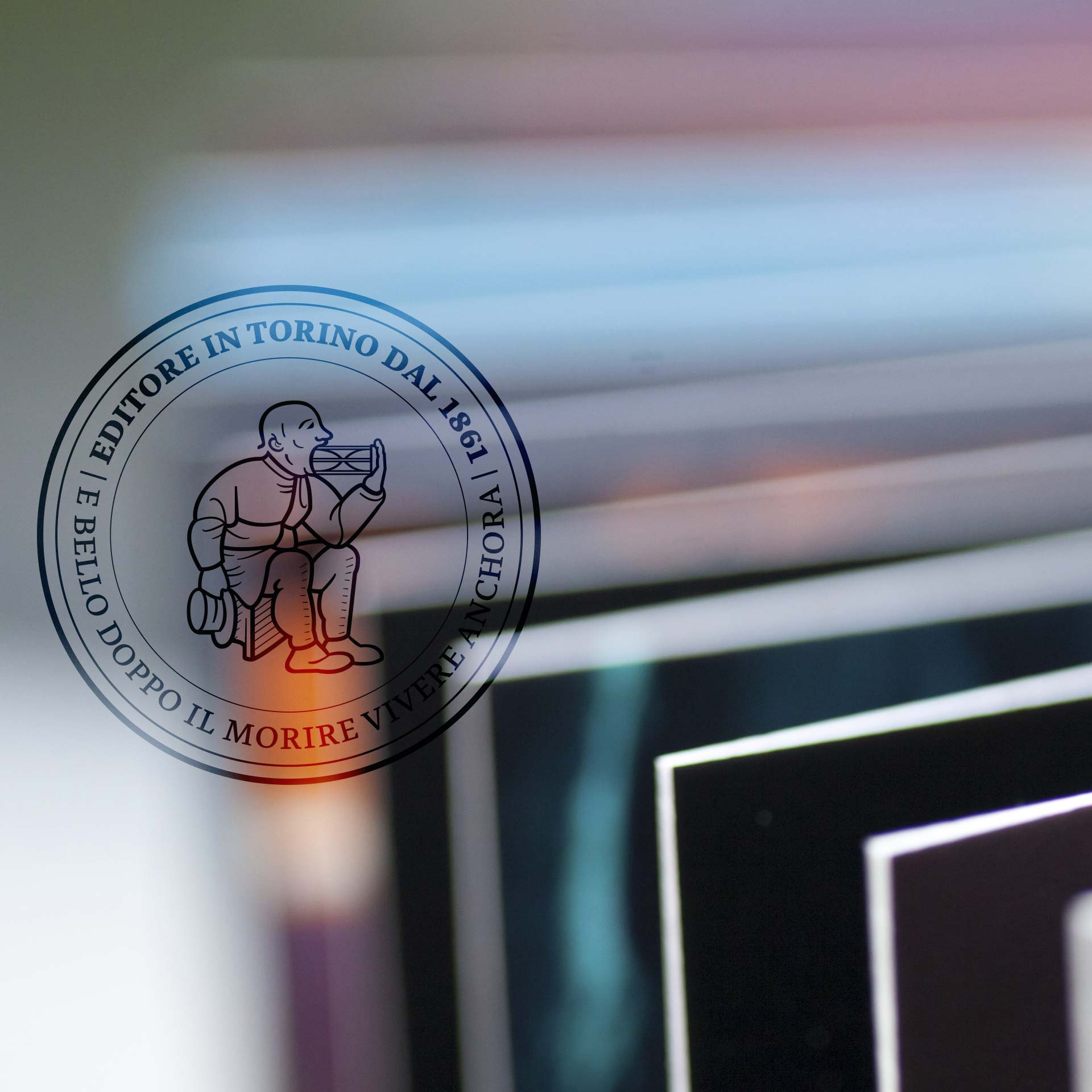Manga taken seriously
A university in Tokyo will open a library dedicated to Japanese Manga comics, in a bid to promote serious study of the graphic novel genre.
Meiji University proposes to name the library the Tokyo International Manga Library and hopes it will be open by early 2015.
Internationally, Manga comics are usually associated with science fiction and fantasy, but, as the library will reveal, the genre draws on an extensive range of sources, from classical literature to soap operas. The Manga style derives from 18th and 19th century 'ukiyoe' woodblock prints, which illustrated Japanese urban life in a humorous fashion.
The library will contain two million comics, animation drawings, video games and industry artifacts. To kick-start this exciting project, an exhibition of Yoshihiro Yonezawa's 140,000 comic books will open in October 2009.
As Meiji University's Susumi Shibao explains: 'Manga has been taken lightly in the past and there has been no solid archive for serious study'. Many fans of Manga comics will be thrilled that the talent of the Manga illustrators and writers is to be acknowledged in this way.
Exercises
| 1) | What do you know about Manga? In groups, discuss any Manga comics or cartoons you have read or seen. If you are not familiar with Manga, see what you can find out about it. Focus on different types of Manga (fantasy, science-fiction, historical, comedy, horror). | |
| 2) | Find out what the word 'Manga' translates as. | |
| 3) | Discuss whether or not you think Manga should be taken seriously as an academic subject. Does it deserve to be treated in the same way as classical art or literature? Why? | |
| 4) | Find out more about Yoshihiro Yonezawa, the artist whose comic books will be exhibited first in the library. | |
| 5) | Have you ever been to Japan? In what way do you think Manga comics and animations reflect Japanese culture? For example, is Tokyo a very vibrant and colourful city? Is Japan very technologically advanced? | |
| 6) | In groups, see if you can think of examples of comic book or cartoon styles that come from other nations and cultures. How are they different? What characterizes them? |





